Explore the Best AI Image Gallery
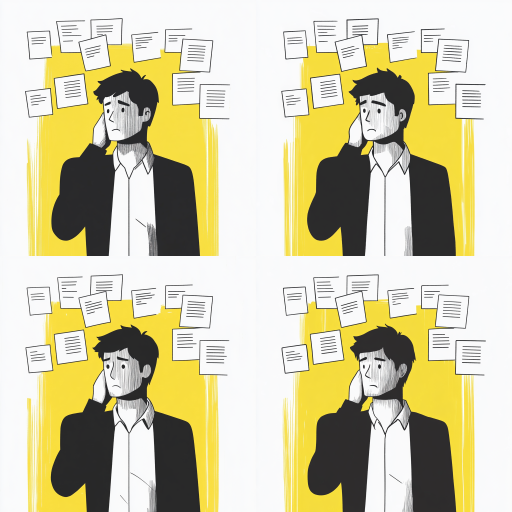
Quantum Computing Breakthroughs: Shaping the Future of Creativity
In recent years, quantum computing has transitioned from theoretical concepts to practical applications, unveiling drastic changes across various industries, including the creative sector. As quantum processors become more stable and accessible, they display extraordinary potential for solving complex problems that traditional computers struggle with. This blog post delves into the notable breakthroughs in quantum computing, its impact on the creative industry, potential uses, ethical considerations, and future trends that can redefine the way we approach creativity.
Understanding Quantum Computing
Quantum computing leverages the principles of quantum mechanics—such as superposition and entanglement—to perform calculations at incredible speeds. Unlike classical bits, which can be either 0 or 1, quantum bits (qubits) can exist in multiple states simultaneously. This unique property enables quantum computers to process vast amounts of information quickly and efficiently, making them particularly suited for optimizations and problem-solving tasks that are computationally expensive on conventional machines.
The Impact on the Creative Industry
The intersection of quantum computing and creativity is still in its infancy, but early applications indicate a promising future. Artists and designers can utilize quantum algorithms to analyze datasets and generate creative outputs that would be nearly impossible to achieve with classical computing methods. A few key areas where quantum computing can significantly impact the creative industry include:
- Generative Design: Quantum computing can enable more advanced generative design techniques, where algorithms autonomously create designs based on a set of parameters. This could lead to innovative architecture, product designs, and art installations that blend aesthetics with functionality.
- Enhanced Data Analysis: With the ability to process huge quantities of data quickly, quantum computers can assist artists and designers in understanding market trends or audience preferences. This data-driven approach allows for more personalized and relevant creative outputs.
- Algorithmic Art: Quantum computing could give rise to new forms of algorithmic art, where artists harness quantum algorithms to create unique, evolving pieces that blur the lines between static and dynamic art.
Exploring Potential Uses
Beyond the immediate implications for artists, quantum computing holds the potential to revolutionize creative processes across various disciplines. Here are a few promising applications:
- Film and Animation: Quantum simulations can help produce realistic graphics and animations by solving complex physics-based problems, resulting in lifelike visual effects that immerse audiences in new worlds.
- Music Composition: Quantum algorithms can aid in crafting musical compositions by analyzing vast libraries of existing music and creating novel melodies or harmonies, resulting in a collaboration between composers and quantum computers.
- Fashion Design: By utilizing quantum computing to optimize fabric patterns and textile structure, designers could create innovative styles that fuse tradition with futuristic technology.
Ethical Considerations
As with any transformative technology, the rise of quantum computing introduces various ethical considerations that must be addressed. Some of the key questions include:
- Data Privacy: With vast capabilities to analyze data, how do industry stakeholders ensure the ethical use of personal and sensitive information, especially in creative outputs targeting individuals?
- Intellectual Property: If quantum algorithms generate art or designs, who owns the rights to these creations—the creator or the machine?
- Accessibility: As quantum computing technology continues to evolve, it is crucial to ensure that its benefits are accessible to a wider community of creators rather than a select few with substantial resources.
Future Trends: A Quantum Renaissance
The convergence of quantum computing and creativity is likely to give rise to what can be termed a 'Quantum Renaissance'. Several trends could emerge in the coming years:
- Collaborative Innovation: Artists and technologists will likely work together more closely, combining artistic vision with the computational power of quantum devices to push creative boundaries.
- Workshops and Educational Programs: As interest in quantum applications grows, educational institutions may begin offering specialized programs focusing on quantum technologies in the arts and design.
- Startups and Innovations: We can expect to see a surge in startups aiming to harness quantum computing for creative endeavors, resulting in a plethora of products and services that redefine artistic creation.
In conclusion, quantum computing is on the cusp of revolutionizing the creative industry, offering unprecedented opportunities for artists and designers to explore and innovate. As this technology rapidly advances, stakeholders must collaboratively address ethical considerations to foster an inclusive and dynamic creative future. The journey towards a quantum-enhanced creative industry is just beginning, and it promises an exhilarating transformation that could change how we perceive and engage with art.
](https://images.ai-img.art/thumbnails/150/98325fa7102e81df81f1dba6df8df52929b4fa41b058192faf3c77cf94513ff7.webp)
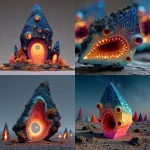
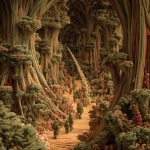

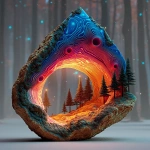
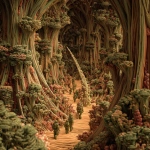
](https://images.ai-img.art/thumbnails/150/7d9de60c58579b921ad140a9e1d752642452d5086b74a27d866e8af04608ed7d.webp)
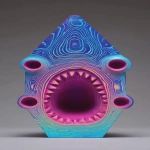
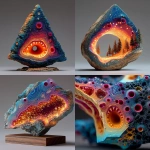

](https://images.ai-img.art/thumbnails/150/3b65287fef447a6ad61bcb18b5b9d03b6f6f74603ae0e058f81f4b91a3e02f36.webp)





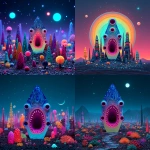
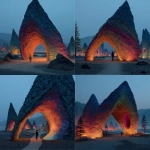
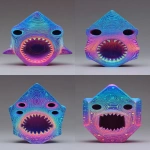


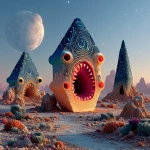

](https://images.ai-img.art/thumbnails/150/769518185300fcbda91b7bbf92b9007bc856379accd52eaf7983f9aec379e88e.webp)
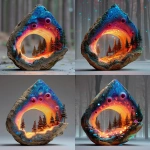
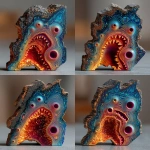


](https://images.ai-img.art/thumbnails/150/914cb18c03c97bdba2f290c0ec1573d5792bf399dbad7f484614764eb31f4c2f.webp)
](https://images.ai-img.art/thumbnails/150/ebc95932b25c17607076ed8d2a4bafc85c3371cf3f2d45c35741505fe3c97de1.webp)

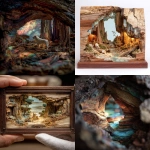


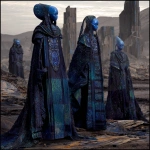


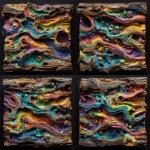



](https://images.ai-img.art/thumbnails/150/ac7218edd6198d49ed8d9853a5890595fc4d2a7a11c2e8a7ee8bcfbc7bfe265e.webp)
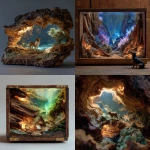
](https://images.ai-img.art/thumbnails/150/09314c003088f7174f747fa65105eca599e0842cf69e637ce4c98ebefd3f50ab.webp)
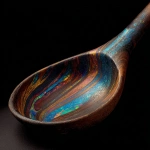
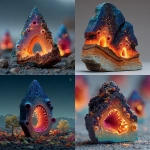
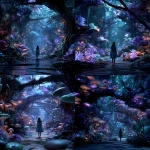
](https://images.ai-img.art/thumbnails/150/a31f622763ce0ecb2e76a907e566b81cfcc171e8d9b8b393f27681be24b6ca91.webp)

